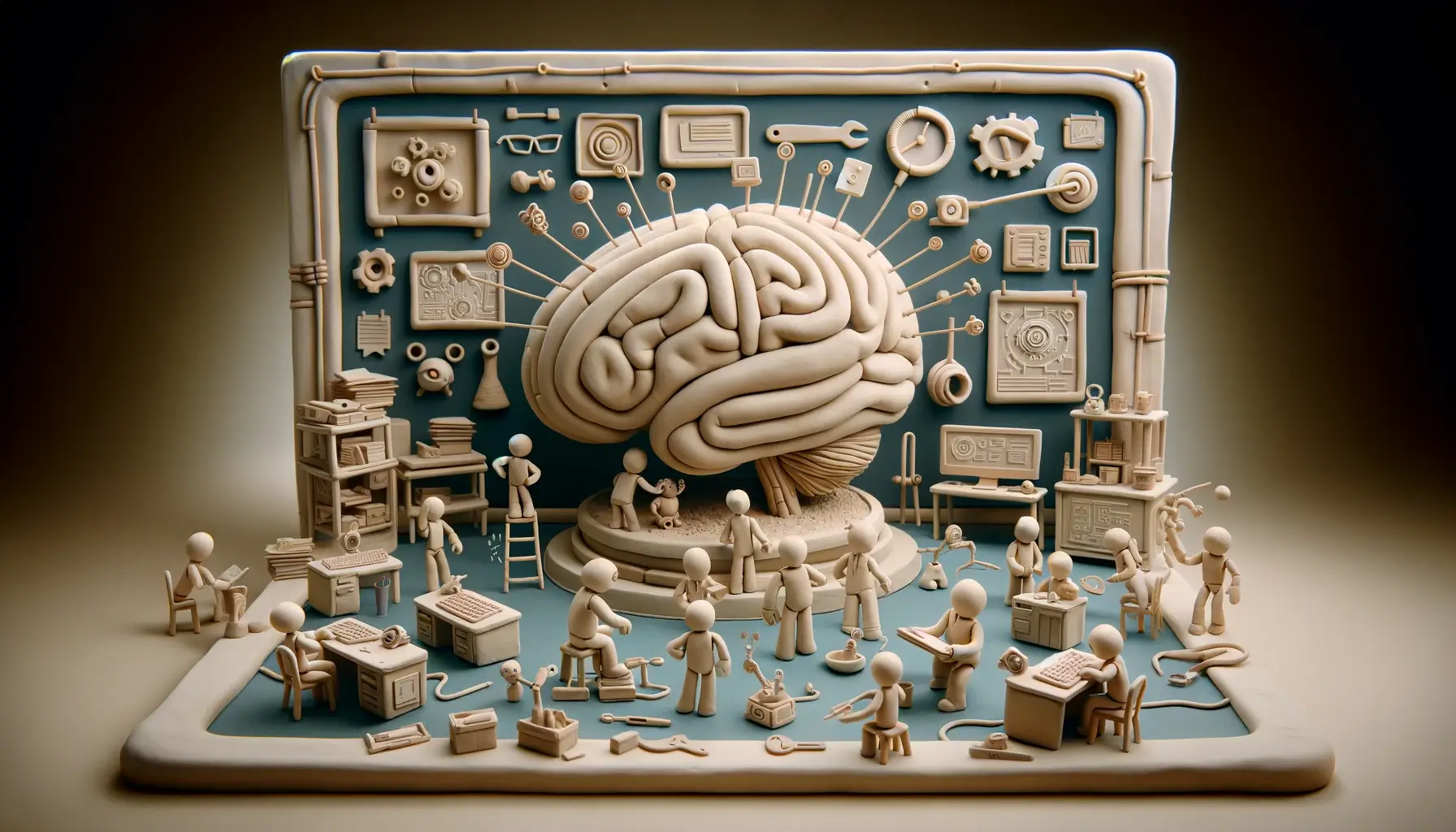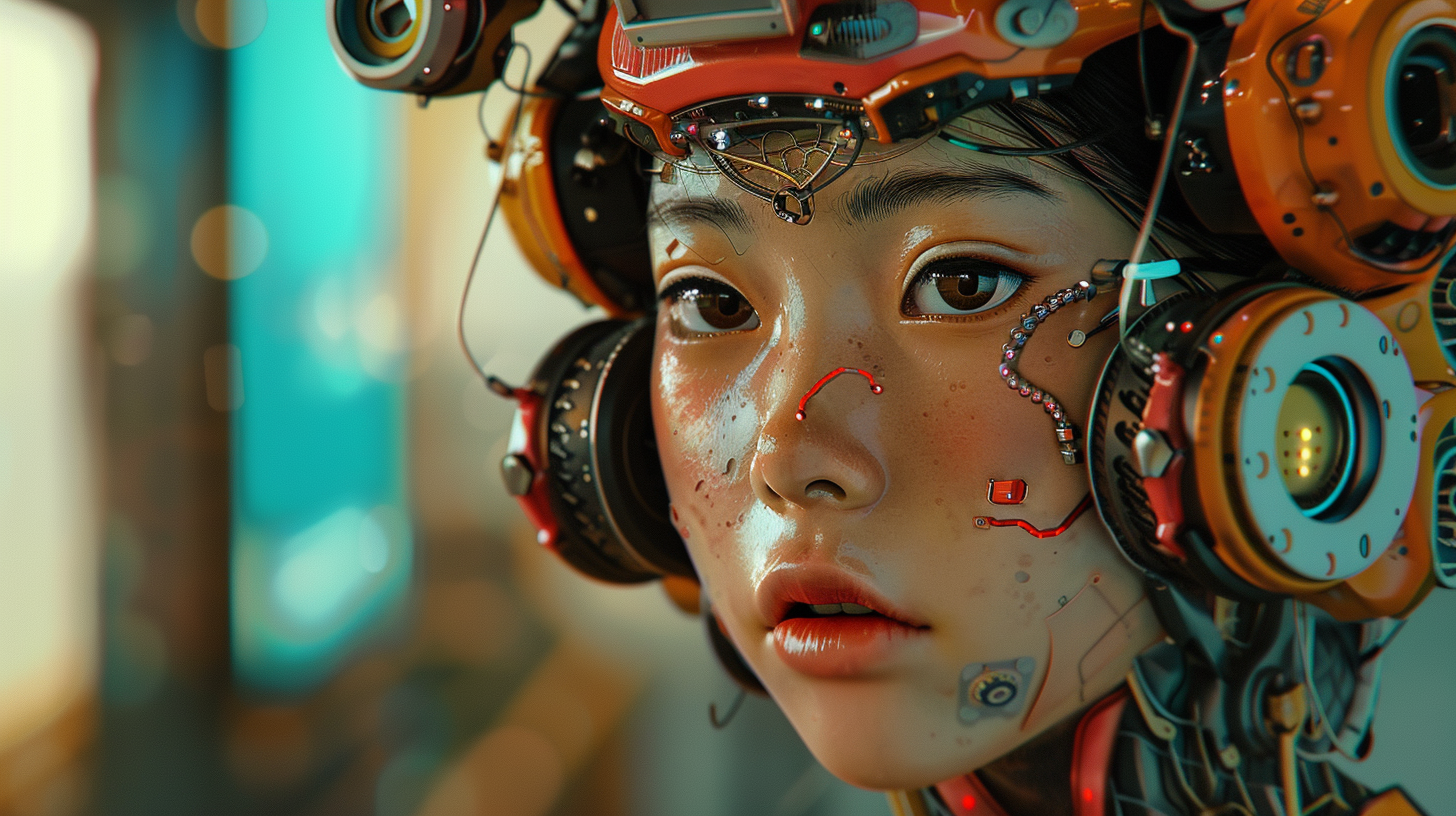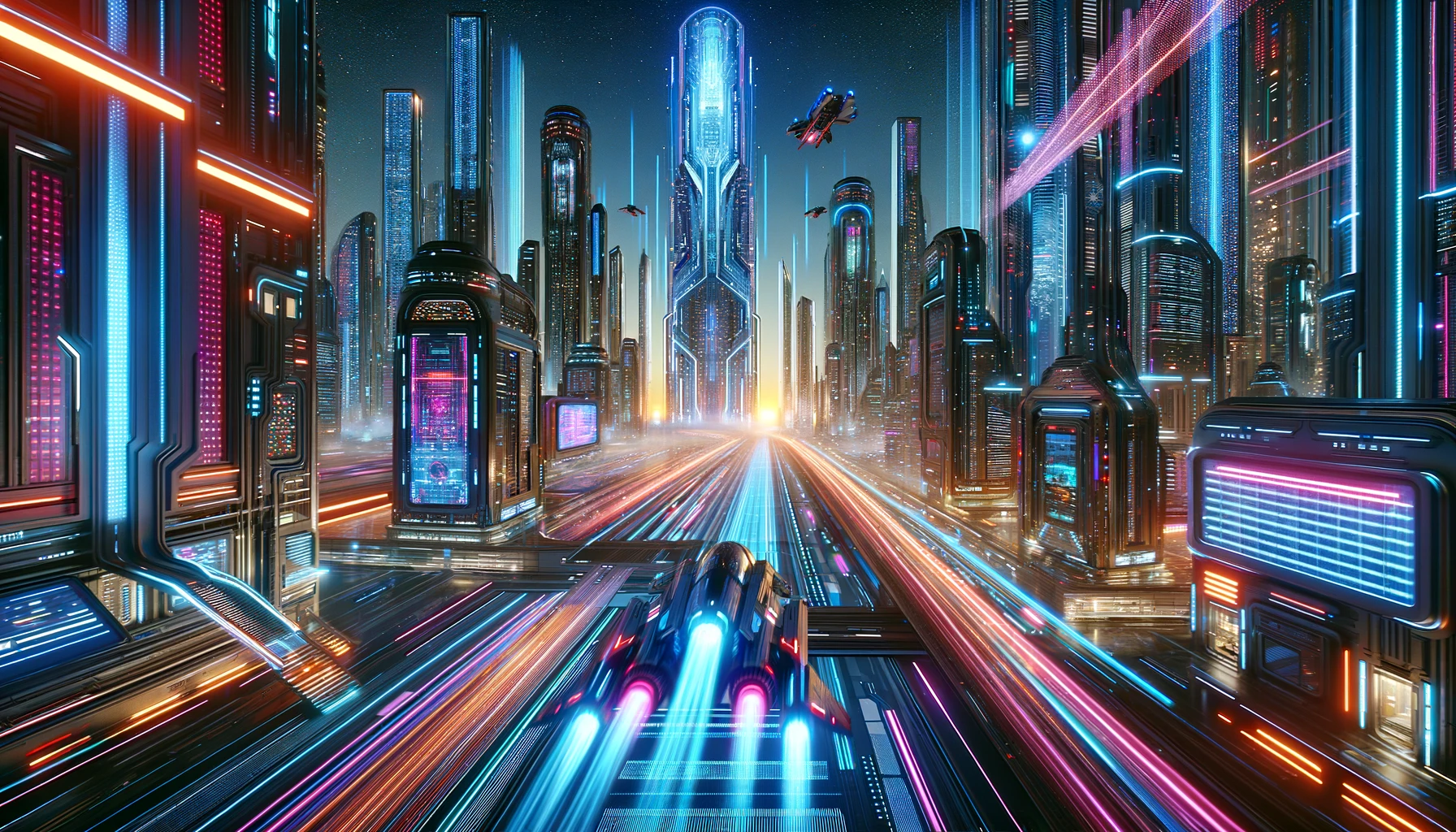Learning
Watch and Learn: Demystifying AI in 5 Minutes
AI is transforming Asia’s future. From everyday marvels to industry transformations, demystify the continent’s AI journey.

Learning
How to Use ChatGPT
Discover how to use ChatGPT and unlock its potential in your personal and professional life through 3 simple steps.
Learning
How to Use Microsoft Copilot in PowerPoint
Learn how Microsoft Copilot, an AI tool in PowerPoint, can transform presentation creation.
Learning
10 Steps to Craft the Perfect Midjourney Prompt
Discover 10 steps to master the perfect perfect Midjourney prompt to achieve stunning visuals.
-



 Prompts1 month ago
Prompts1 month ago10 Amazing Prompts to Create AI-Powered Phone Wallpapers (with Freebies!)
-



 Life2 months ago
Life2 months agoAI Ushers in New Learning Era at Asian Universities
-



 Business2 months ago
Business2 months agoUN AI Resolution: A New Era of Innovation and Regulation
-



 Life1 month ago
Life1 month agoUnveiling Amazing AI Features on Your Apple Watch
-



 Business1 month ago
Business1 month agoYoung Workers are Embracing ChatGPT
-



 Business2 months ago
Business2 months agoAI Transforming Marketing Communications in Asia: T&Pm Leads the Way
-



 Marketing1 month ago
Marketing1 month agoFour AI Technologies Transforming Marketing
-





 Learning2 months ago
Learning2 months agoMastering ChatGPT in Asia: 7 Simple Steps

















